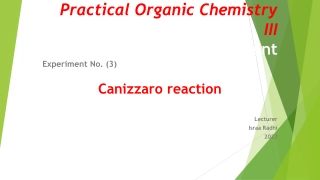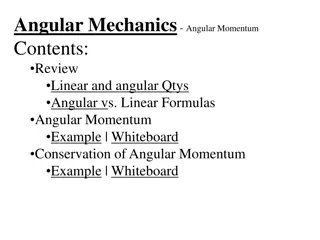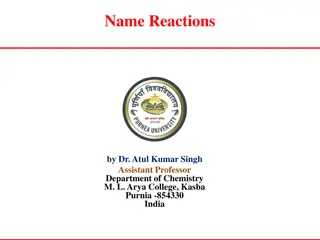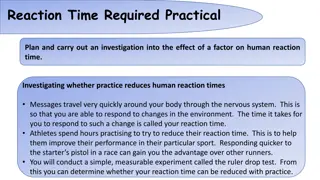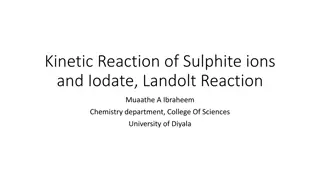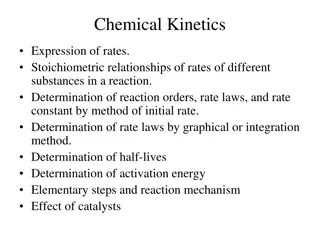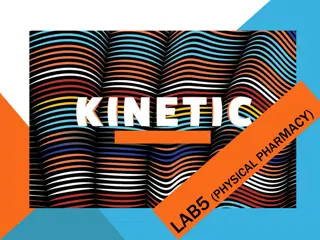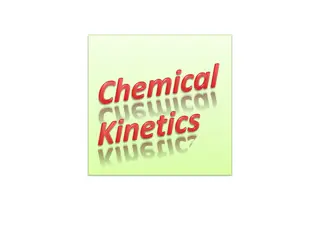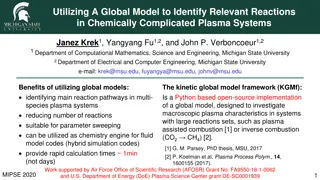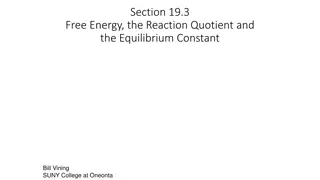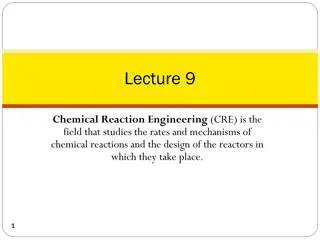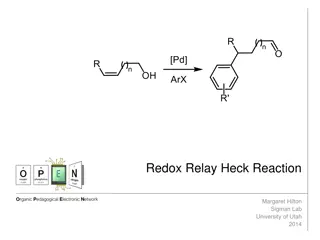
Reaction Wheels
Reaction Wheels are crucial components in space systems for stabilizing satellites and spacecraft, allowing controlled movement in orbit. They consist of flywheels, electric motors, gyroscopic sensors, and housings. These systems help maintain stability, control orientation, and enable specific maneuvers in space. By converting solar energy into rotational kinetic energy, reaction wheels efficiently operate with minimal fuel consumption, making them essential for various applications in space exploration.
Download Presentation

Please find below an Image/Link to download the presentation.
The content on the website is provided AS IS for your information and personal use only. It may not be sold, licensed, or shared on other websites without obtaining consent from the author. If you encounter any issues during the download, it is possible that the publisher has removed the file from their server.
You are allowed to download the files provided on this website for personal or commercial use, subject to the condition that they are used lawfully. All files are the property of their respective owners.
The content on the website is provided AS IS for your information and personal use only. It may not be sold, licensed, or shared on other websites without obtaining consent from the author.
E N D
Presentation Transcript
Reaction Wheels Matthew Ibanez and Aaron Putnam
How they work: Reaction Wheels are systems on Space Stations, or telescopes that allow the object in space to move around in space. Without any stabilization the satellites in orbit would go crazy and not be stable. Reaction Wheels are used to stabilize them and cancel out the momentum that the satellite has, by creating its own counter-momentum.
Main Components: Flywheel: Flywheel: The flywheel is a turning mass that conserves angular momentum to create a net external torque on the satellite or spacecraft to change it s triaxial orientation Electric Motor: Electric Motor: A brushless electric motor uses power generated by the onboard solar cells to accelerate the flywheel Gyroscopic Sensor: Gyroscopic Sensor: Using electromagnetic gyroscopes, the gyroscopic sensors within the reaction wheels identify the exact triaxial orientation of the satellite or spacecraft according to the magnetosphere to the earth Housing: Housing: The housing contains the reaction wheels and provides protection from radiation and rogue space debris
Applications: Reaction Wheels could be used in telescopes to orient them in orbit, so that they can focus on space phenomena They could be used on spacecraft to orient each other for docking procedures Reaction Wheels can be used to orient a spacecraft to prepare it to go into atmosphere re-entry Stabilize Stations or Telescopes in orbit if they ever got hit with debris in space
Energy Conversion: In a reaction wheel assembly, solar energy in the form of photons from the sun is converted into electrical energy by solar panels onboard the satellite or spacecraft. The electrical energy is then transferred into rotational kinetic energy by brushless electric motors that accelerate the reaction wheels. As the reaction wheels accelerate, they conserve rotational momentum that will act a net external torque on the spacecraft causing it to rotate. This happens because the rotational kinetic energy of the reaction wheel is transferred to the satellite or spacecraft.
Fuel Economy: Reaction Wheels are very fuel efficient. The amount of power required to operate a reaction wheel is a function of its size. The larger the spacecraft in need of maneuvering, the larger the reaction wheel, and in turn the more power needed to operate the reaction wheel. That being said, the power consumed by even the largest reaction wheel shown below is a fraction of the amount that would be produced by any onboard solar panel. .015 Nms = 1 Watt, Peak Power: 5.5 Watts .050 Nms = 1 Watt, Peak Power: 9 Watts .10 Nms = 1 Watts, Peak Power: 9 Watts .50 Nms = 6 Watts, Peak Power: 23 Watts 1.5 Nms = 7 Watts, Peak Power: 48 Watts
Newtons Laws: An object is propelled when it exerts a net external force on another object and the other object pushes back. The reason for this push back can be explained by Newton s 3rd law. Newton's 3rd law states that for every action, there is an equal and opposite reaction. In the case of conventional rocket propulsion, high energy, high velocity gas is forced out of a nozzle. The high energy gas pushes back on the rocket motor as it exits, causing the rocket motor to move in the opposite direction of the flow of gas. The action is the gas being thrust out of the nozzle, and the reaction is the nozzle being pushed away from the gas. This same principal applies to reaction wheels. Momentum is transferred from the reaction wheel to the spacecraft. The spacecraft then pushes back on the reaction wheels. Because the reaction wheels are fixed to the spacecraft, the spacecraft will rotate.
Life Span: If the vehicle uses up all the fuel, the spacecraft would not be able to function if it had no other way of propulsion like an engine, the spacecraft could be stranded without function because it would not be able to focus on anything. If the spacecraft used up all its fuel quickly, then it would become useless.
References: https://www.google.com/patents/EP1114774A2?cl=en http://bluecanyontech.com/portfolio-posts/reaction-wheels/ http://physics.stackexchange.com/questions/154580/how-exactly-does-a-reaction- wheel-work https://www.google.com/patents/US4651565 http://www.livescience.com/46558-laws-of-motion.html

